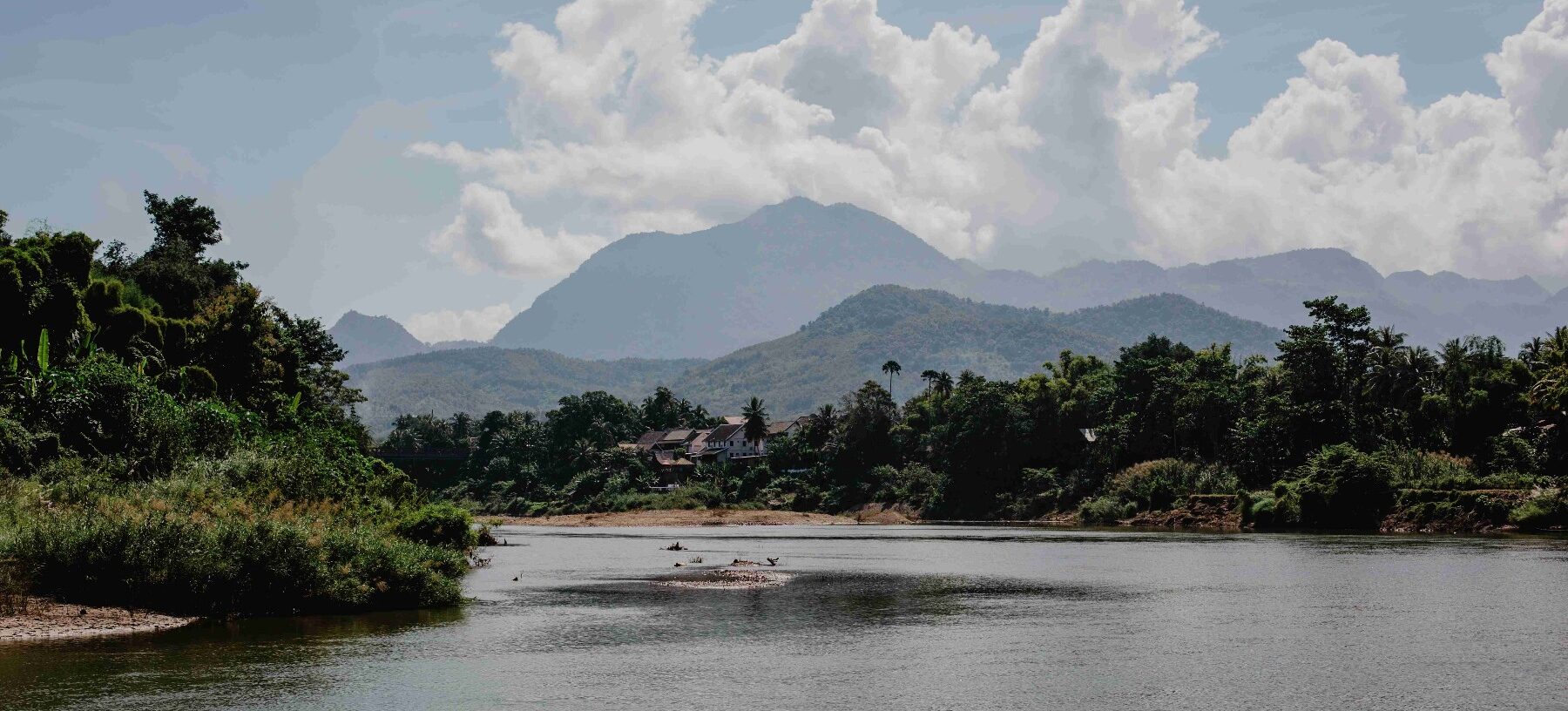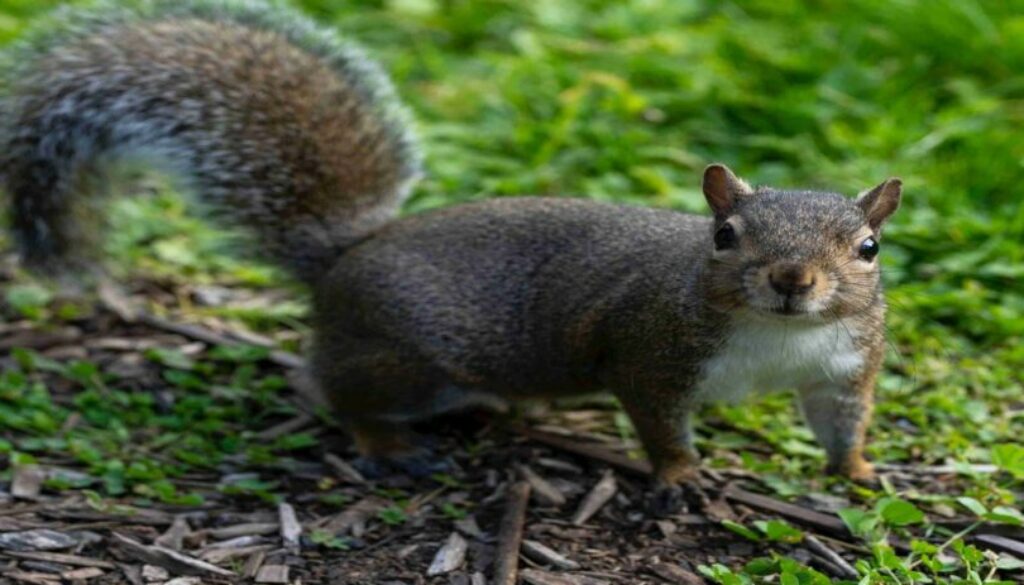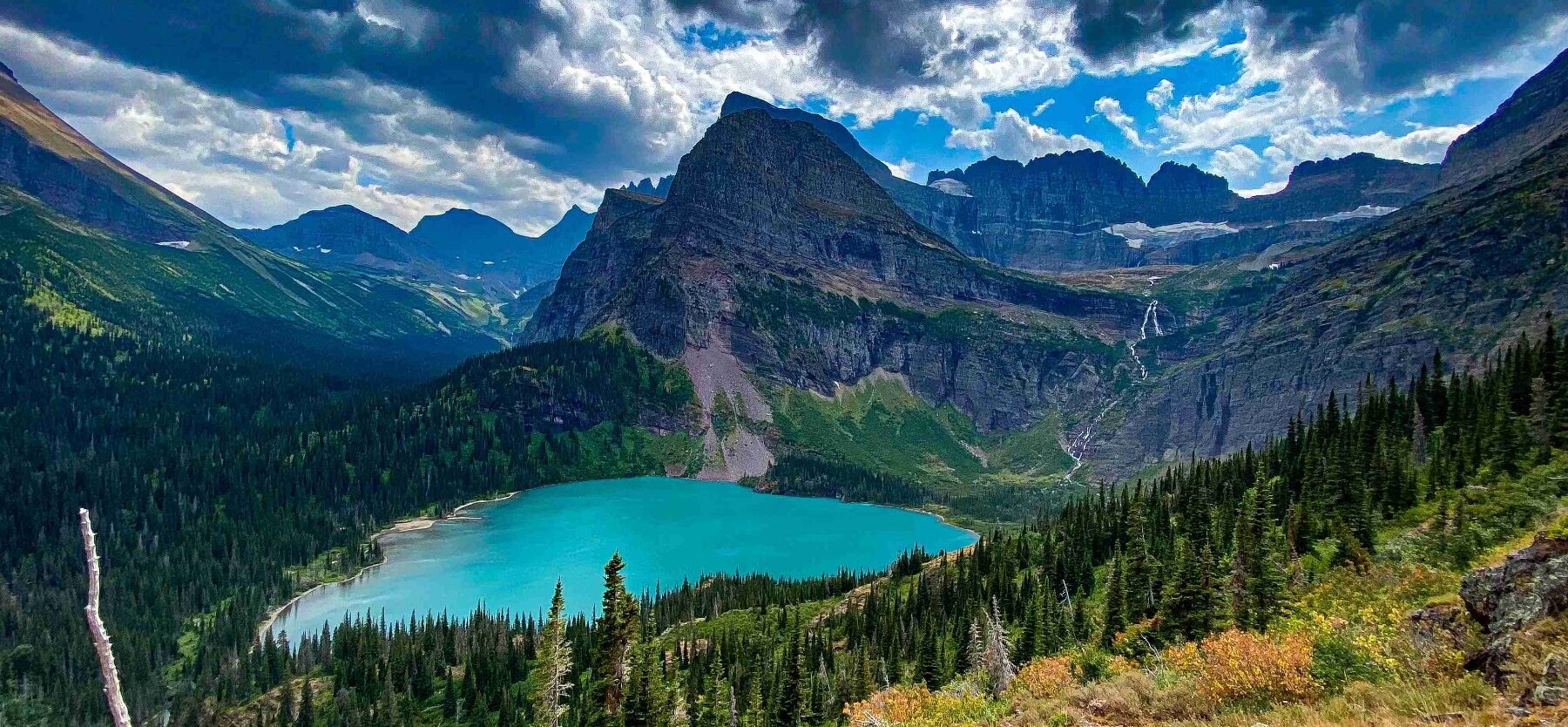Wild Adventures | Discover 5 Thrilling Wildlife Encounters in America’s National Parks
Come on wild adventures in America’s national parks, from Maine to Hawaii. Explore diverse ecosystems and encounter fascinating wildlife. Get expert tips for the ultimate wildlife experience.
If you’re a nature enthusiast seeking thrilling wildlife encounters, America’s national parks are a treasure trove of wild adventures. From the rugged coastlines of Acadia National Park in Maine to the volcanic landscapes of Hawaii’s Maui, the diverse ecosystems within these protected areas offer a glimpse into the natural world of animals and birds. Join me, your wild adventures expert, as we take you on a journey to some of the most remarkable national parks, teeming with remarkable wildlife.
Acadia National Park, Maine: A Haven for Wild Adventures

Location
Acadia National Park, located on Mount Desert Island, Isle au Haut, and the Schoodic Peninsula, encompasses 47,000 acres of pristine wilderness. Its towering forests, wildflower-carpeted meadows, rugged shores, and miles of hiking trails make it a paradise for nature lovers.
The Wildlife
Acadia boasts an impressive array of wildlife, including black bears, white-tailed deer, coyotes, raccoons, skunks, otters, foxes, and even the occasional moose. Bird enthusiasts will be delighted with 338 bird species, including peregrine falcons, bald eagles, kestrels, and warblers. Seals, dolphins, and whales grace the waters off Mount Desert Island, while salamanders, frogs, and toads thrive in the park’s forests.
The Best Viewing Tips
Join ranger-led bird walks for birdwatching, and visit the Precipice and Valley Cove Cliffs to spot peregrine falcons. August to mid-October is the prime time for seeing American kestrels and broad-winged hawks.
Great Smoky Mountains National Park
This is nestled in the rolling green mountains of Southern Appalachia, spans the border between Tennessee and North Carolina. It’s a haven for wild adventures, especially centered around its incredible wildlife.

Location
This half-million-acre wonderland is renowned for its thriving black bear population, with approximately 1,500 of these furry creatures calling it home. In fact, it boasts the largest protected black bear habitat in the eastern USA, hosting around two bears per square mile. Due to its captivating beauty, the park attracts over ten million visitors each year, making it the most-visited site in the national park system.
The Wildlife
The Great Smoky Mountains National Park is a biodiversity hotspot, boasting 66 species of mammals, including majestic elk, white-tailed deer, and the iconic black bear. Bird enthusiasts can delight in spotting over 200 varieties of birds, while anglers have the opportunity to encounter 50 species of native fish. If you’re a fan of reptiles and amphibians, you’re in for a treat with over 80 different types, including almost 30 varieties of salamanders. The park also showcases the mesmerizing spectacle of synchronous fireflies, along with glimpses of bobcats, skunks, and wild boars. Keep an eye out for the 25 red wolves, a critically endangered species that roam freely within the park.
Top Viewing Tips
For an unforgettable wildlife encounter, head to the picturesque Cataloochee Valley, especially during the serene moments just before sunset, to catch a glimpse of magnificent elk. If you’re eager to witness the enchanting dance of photinus carolinus fireflies, plan your visit for the annual Synchronous Firefly Event, typically held in late May or early June near the popular Elkmont Campground. Be sure to participate in the park’s special lottery system for tickets to this magical event, as it’s an experience you won’t want to miss in your wild adventures within Great Smoky Mountains National Park.
Wind Cave National Park, South Dakota: Beneath the Earth’s Surface
Location
Wind Cave National Park, near Hot Springs, South Dakota, is home to the world’s sixth-longest cave system, with over 142 miles (ca. 229 kilometers) of passageways. Above ground, you’ll find a variety of box work formations, pine forests, and mixed-grass prairies.
The Wildlife
While animal sightings aren’t guaranteed, patience can reward you with encounters with bison, coyotes, mountain lions, desert cottontails, and more. The park also hosts a variety of birdlife, including mallards, sharp-tailed grouse, and hawks. Watch out for rattlesnakes, bull snakes, and garter snakes in the grass.
Top Viewing Tips
The open prairie near the south entrance is ideal for spotting pronghorn antelopes, while the Salmon Cascades Overlook in the Sol Duc Valley is perfect for observing salmon’s dramatic upstream journey.
Olympic National Park, Washington: Where Ecosystems Collide
Location
Olympic National Park in Washington is a diverse wonderland, featuring temperate rainforests, glacier-topped mountains, and a long stretch of Pacific coast. Eleven major rivers provide habitat for anadromous fish species.
The Wildlife
Wildlife enthusiasts will be thrilled by the park’s resident Roosevelt elk, black-tailed deer, cougars, snowshoe hares, and mountain goats. The park is also home to 300 bird species, including bald eagles, northern pygmy owls, and sooty grouse. Keep an eye out for black bears and marine life like seals, sea otters, and migrating gray whales.
Top Viewing Tips
Dusk or dawn visits to Olympic’s lower valleys and rainforests offer chances to spot Roosevelt elk. For Columbia black-tailed deer, head to the snow-covered Hurricane Ridge.
Glacier National Park
It is nestled in the heart of Montana, offers a unique destination for wild adventures.
Location
Despite its name, Glacier National Park isn’t as icy as you might think. While it once boasted around 150 glaciers in 1850, today, only 25 active ones remain. This captivating park, spanning a million acres, is a part of the Waterton-Glacier International Peace Park that straddles the USA-Canada border. UNESCO recognized its natural wonders in 1995. Within its boundaries, you’ll discover unspoiled forests, cascading waterfalls, and approximately 760 glistening alpine lakes.
Wildlife
Prepare for incredible encounters with wildlife in this wilderness paradise. Glacier National Park is home to one of North America’s largest grizzly bear populations. Birdwatchers can delight in spotting 270 species, including majestic bald and golden eagles. As you explore, keep your eyes peeled for nearly 70 different mammal species, including mountain lions, moose, lynx, white-tailed deer, bighorn sheep, gray wolves, wolverines, and marmots. One of the park’s most agile residents is the white mountain goat, known for its ability to scale near-vertical rock faces and leap an impressive 12 feet (3.66 meters) high in one bound.
Top Viewing Tip
For a chance to witness mountain goats in action as they lick the mineral-laden cliffs, head to the aptly named Goat Lick Overlook along US Highway 2, approximately two miles southeast of the Walton Ranger Station. If you’re seeking the occasional close encounter with grizzlies, make a stop at the Garden Wall, the park’s steep alpine area. Glacier National Park promises wild adventures and unforgettable wildlife encounters amidst its stunning natural beauty.






